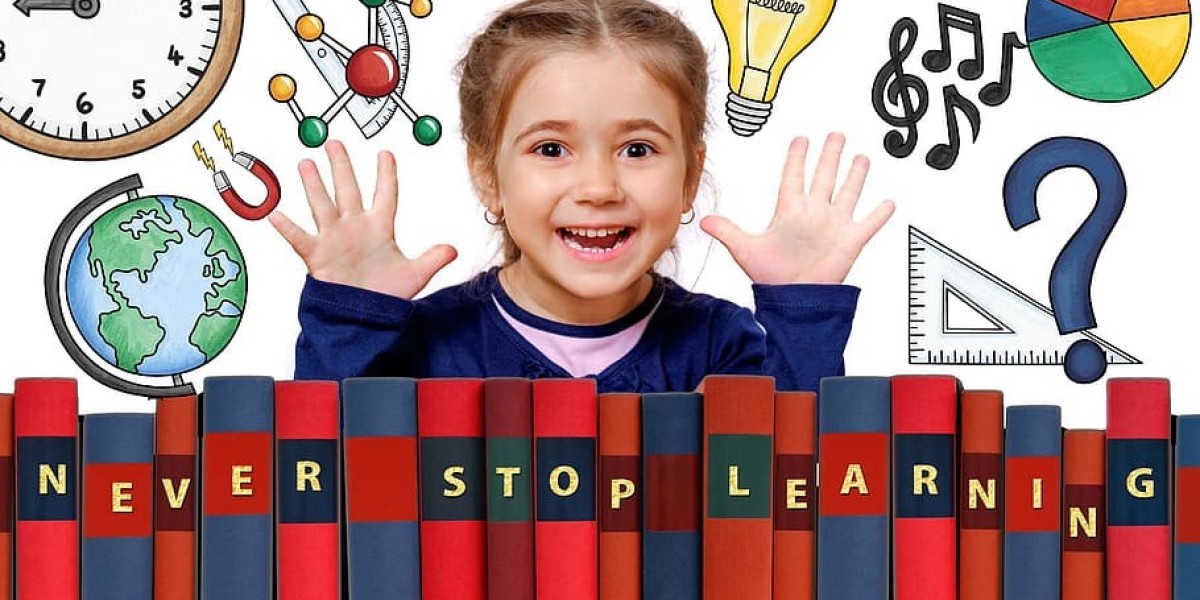Higher secondary education is a crucial phase in a student’s academic journey, marked by significant challenges and opportunities. In Pondicherry, students face various academic, social, and personal pressures as they transition from secondary education to higher secondary schooling.
Academic Pressure
Increased Workload: As students progress to higher secondary education, they often experience a substantial increase in academic workload. The subjects become more complex, requiring greater focus and commitment.
- Strategies: Effective time management is essential. Students can create a study schedule that allocates specific time blocks for each subject, ensuring that they stay on top of their studies. Breaking larger tasks into smaller, manageable chunks can also make studying less overwhelming.
Preparation for Exams: The pressure to perform well in board examinations and entrance tests can be daunting. Many students feel anxious about achieving high scores to secure admission to their desired colleges or courses.
- Strategies: Practicing past papers and taking mock exams can help students familiarize themselves with the exam format and types of questions. Regular self-assessment and seeking feedback from teachers can also help identify areas that need improvement.
Emotional and Mental Well-being
Stress and Anxiety: The transition to higher secondary education can induce stress and anxiety in students. Balancing academic demands, extracurricular activities, and personal life can sometimes feel overwhelming.
- Strategies: Practicing mindfulness and relaxation techniques, such as meditation or deep breathing exercises, can help students manage stress. Regular physical activity and engaging in hobbies can also provide a healthy outlet for emotional release.
Fear of Failure: Many students fear failure, particularly when faced with high expectations from parents, teachers, and themselves. This fear can lead to decreased motivation and hinder performance.
- Strategies: Fostering a growth mindset is essential. Students should be encouraged to view challenges as opportunities for learning rather than as threats. Setting realistic goals and celebrating small achievements can also boost confidence and motivation.
Social Dynamics
Peer Pressure: As students navigate the complexities of adolescence, peer pressure can influence their choices, including academic performance, participation in activities, and lifestyle decisions.
- Strategies: Developing strong self-esteem and assertiveness can help students resist negative peer influences. Schools can provide workshops and programs that promote healthy decision-making and build resilience against peer pressure.
Maintaining Friendships: The transition to higher secondary school often changes social dynamics. Students may find it challenging to maintain existing friendships or make new ones amidst the academic pressures.
- Strategies: Encouraging open communication and participation in group activities can foster social connections. Schools can also create safe spaces for students to express their feelings and build supportive peer networks.
Parental Expectations
High Expectations: Parents often have high expectations for their children’s academic performance, leading to added pressure on students. This pressure can create a stressful environment at home.
- Strategies: Parents should be encouraged to maintain open lines of communication with their children, expressing support and understanding rather than solely focusing on academic outcomes. Setting realistic expectations and celebrating efforts can create a more positive atmosphere.
Involvement in Education: Parents’ involvement in their children’s education can be both beneficial and overwhelming. While support is crucial, excessive involvement can lead to feelings of suffocation for the students.
- Strategies: Schools can facilitate workshops for parents to help them understand how to support their children effectively. Emphasizing the importance of independence and self-directed learning can empower students.
Balancing Extracurricular Activities
Time Constraints: While extracurricular activities are vital for holistic development, students may struggle to balance these commitments with academic responsibilities.
- Strategies: Students should evaluate their extracurricular involvement and prioritize activities that align with their interests and goals. It’s essential to create a schedule that allows for both academic and extracurricular commitments without overwhelming themselves.
Overcommitment: Some students may overcommit to various activities, leading to burnout. Managing time and energy is crucial to avoid feeling stretched too thin.
- Strategies: Encouraging students to reflect on their priorities can help them make informed decisions about their commitments. Learning to say no to additional responsibilities when overwhelmed is an important skill.
Conclusion
Navigating the challenges of higher secondary education in Pondicherry requires resilience, effective strategies, and a supportive environment. By addressing academic pressure, emotional well-being, social dynamics, parental expectations, and the balance of extracurricular activities, students can successfully navigate this critical phase of their education. Schools, parents, and the community must work together to create an environment that supports students’ growth, helping them thrive academically and personally during their higher secondary education.









